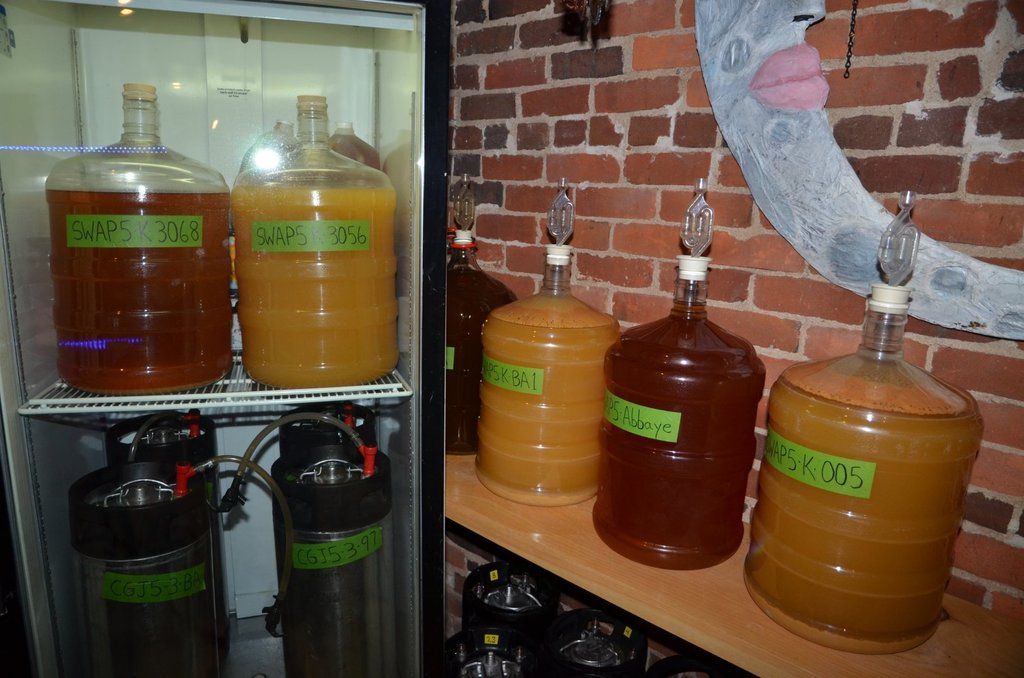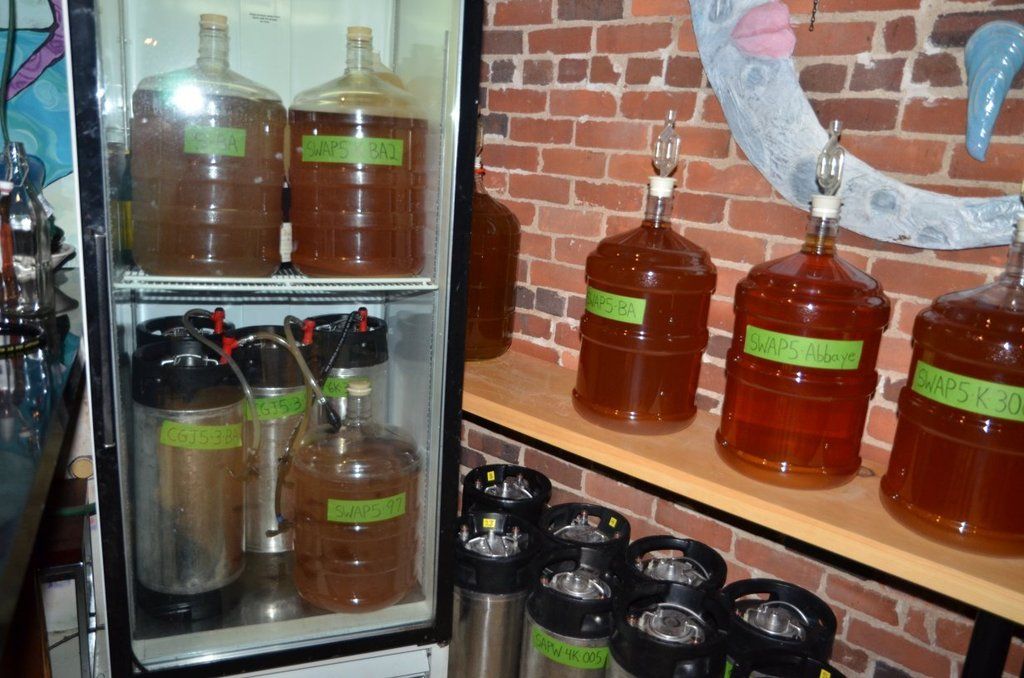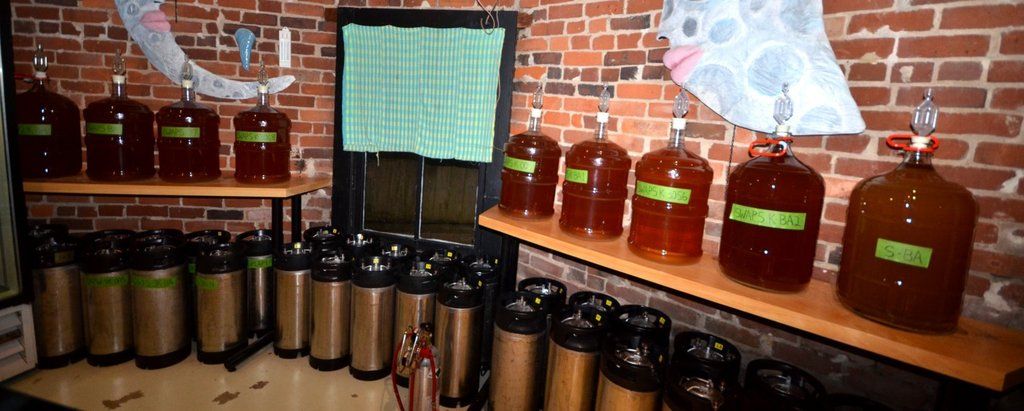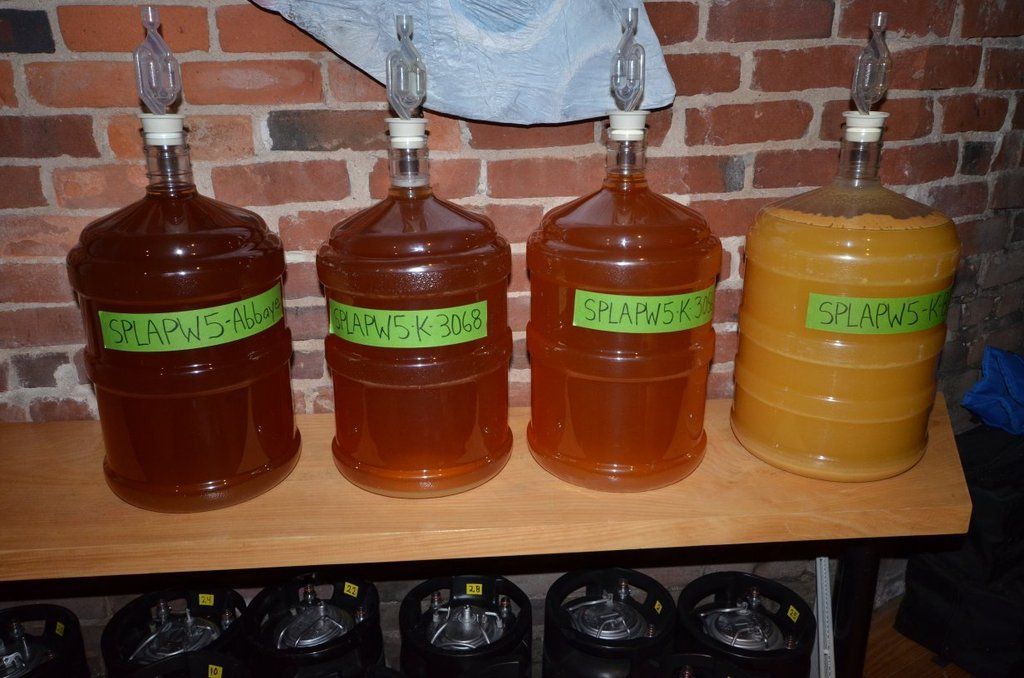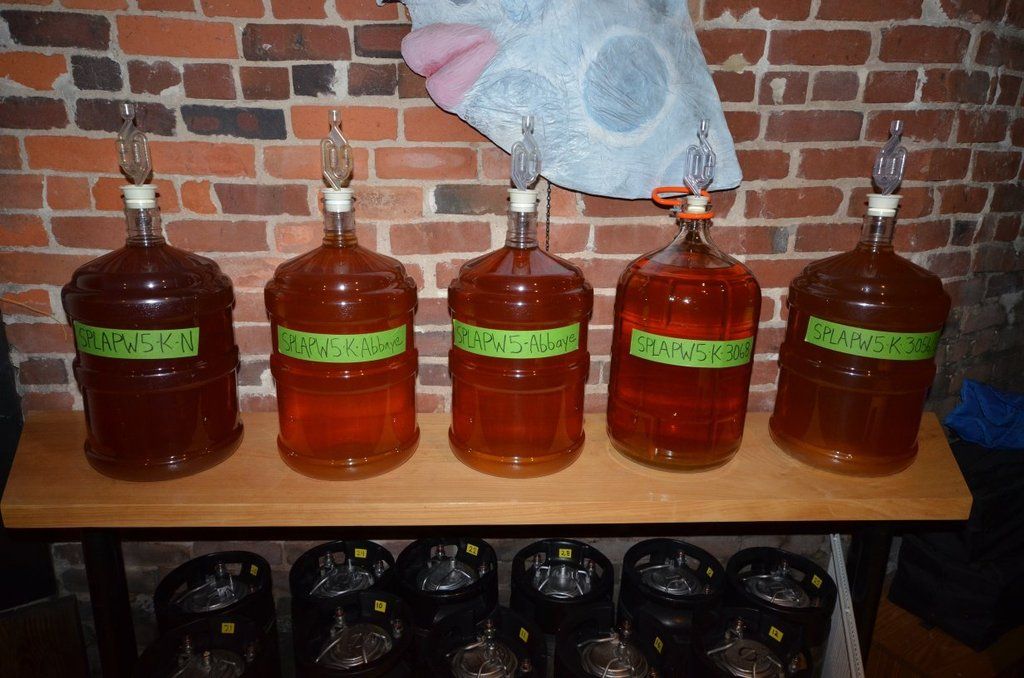CvilleKevin
Well-Known Member
Had a couple friends over to indulge -they are super impressed. I am a BREWING GOD!
Congratulations! Remember, with great power comes great responsibility!
My fresh experience with stove top pasteurization is not as positive as yours....
I don't know why we get such different results but there are some thoughts....
- I'm using pure fresh pressed cider, no juice from other fruits
- I didn't cold crash - just racked to bottles just as it is
I think that skipping the cold crash may account for some of the taste change if you started with fresh juice. I dont use stovetop pasteurization, but I know that for fresh juice, the cider mills generally use UV or flash pasteurization now, because doing a long heat cycle gives all of the solids a cooked taste. If you used fresh juice and didnt crash, you probably had a lot of suspended solids and the stovetop method is a relatively long heat cycle.
I noticed one interesting thing that the fermentation speed decrease significantly after bottling.
Pasteurization was made 2 days after bottling. During this period the gravity of rest of unbottled cider dropped by 0.004-0.006 which is more than enough to fully carbonate (I was afraid of bottle bombs) BUT to my surprise in bottles there is almost no carbonation!
I seems the bottling is a sort of racking which slows fermentation significantly.
Yes, racking the cider off the lees will slow the fermentation, whether you are cold crashing or just bottling. For the stove top pasteurization method, the standard best practice seems to be to fill a plastic test bottle and use that to tell when the carbonation is done (dont heat the plastic bottle though - just drink that one when its done)
I have another batch fermenting now, with S-04 this time. Only apples. I don't think I would try the same method. Bottle-carbonation would be pretty iffy, given that cold-crashing/re-racking with S-04 seems to effectively halt fermentation in most instances. How would I then bottle-carbonate?
Yeah, bottle carbing a semi sweet cider is pretty tough. If you are using the stove top method then a champagne yeast or lager yeast is probably better because it is less likely to completely shut down during the crash. Since you've already started with SO4, you might want to try giving it a little nutrient before you crash and see if that helps some of it survive the crash. Or.....
That means trying forced-carbonation. And that means spending some $$ on a Corny Keg, a C02 tank, and picnic tap... which is starting to make this a pretty expensive "hobby". Which makes me wonder: how did CvilleKevin get his hands on soooooooo many corny kegs??? Check the pictures!
Check Criagslist. You should be able to find a decent used setup kegging setup for under $100. and corny kegs can be fairly cheap if you take your time collecting them. They are usually $35, but they drop now and then. The most I ever paid for any of mine was $25. I got my first six cornies about 20 years ago, when I traded a gallon of a friend's homebrew that was left over from a party to a couple guys at the local Coke distributor. Since then, I just pick a few up whenever I see them for under $20 and now I am up to 35 kegs.
"Expensive hobby" is somewhat relative. Between 35 kegs, 24 carboys, 2 tanks and regulators, a big fridge and misc airlocks and such, I've got maybe $1500 bucks into this tops over the last 20 years. I realize that is not chump change, but there are plenty of ways to blow that in a weekend on hobbies. Also, that's to get max production with minimal effort. Up until 10 years ago I had about $100 into this total for a tank and regulator, and that was fine for 6-8 kegs a year. One of these days I'm hoping to score an industrial dishwasher so I can clean 4 kegs at a time. I've got a dozen empties in my basement that I've been procrastinating on cleaning. So its most a tradeoff between time and money. If you have enough of one, you can mostly eliminate the other.
As many gallons as you produce each year you have to have quite a problem consuming all of this dont you?lol
No, my main problem is making it last through the summer, although I am getting better at this. I currently have 8 kegs from last year although 2 are almost empty and I'm about to take 2 more to an apple pressing party this afternoon.
Do you make full batched for friends or just give alot away or what?
Mostly parties. I've got my time per keg down to about 2hrs/keg now, so taking a keg to a potluck is not much more effort than making something like a pie. At my place, we usually go though 6-8 kegs during a typical party. I have been slowing down a little though. Last year only made 35 kegs and still have almost 8 left.
I felt like I made a lot last year(35 gallons) and i have a few cases remaining. I may have to start giving some away soon myself.
Drinking with friends (usually) beats drinking alone!


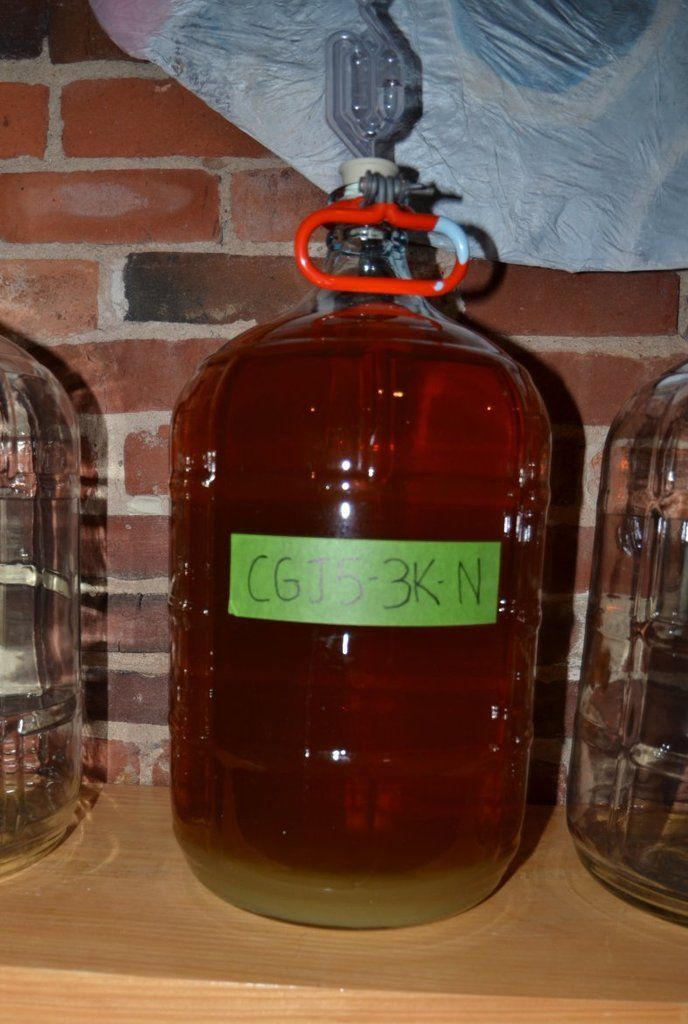
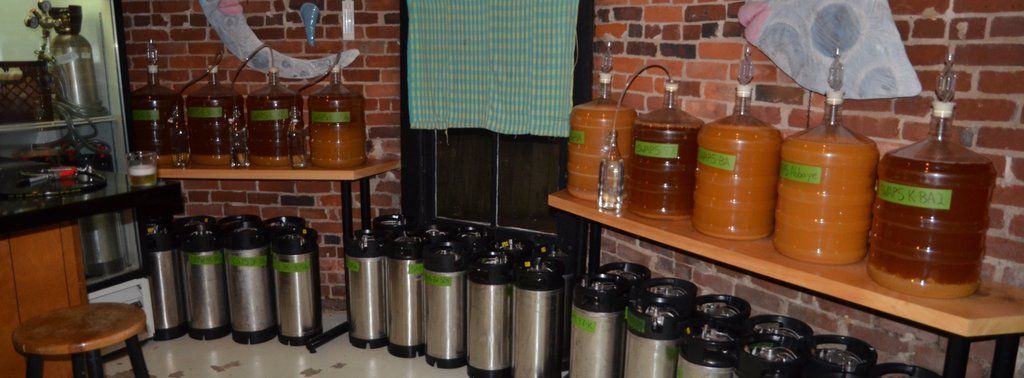





![Craft A Brew - Safale BE-256 Yeast - Fermentis - Belgian Ale Dry Yeast - For Belgian & Strong Ales - Ingredients for Home Brewing - Beer Making Supplies - [3 Pack]](https://m.media-amazon.com/images/I/51bcKEwQmWL._SL500_.jpg)


















































